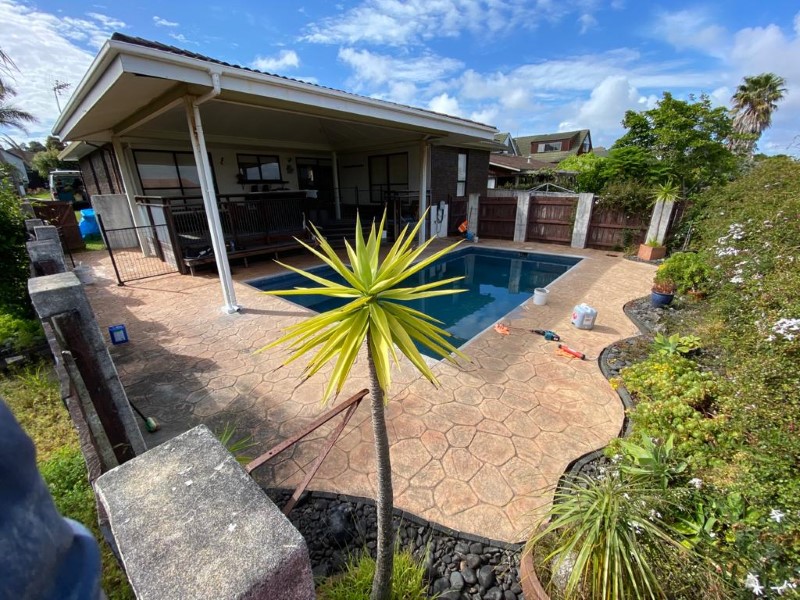
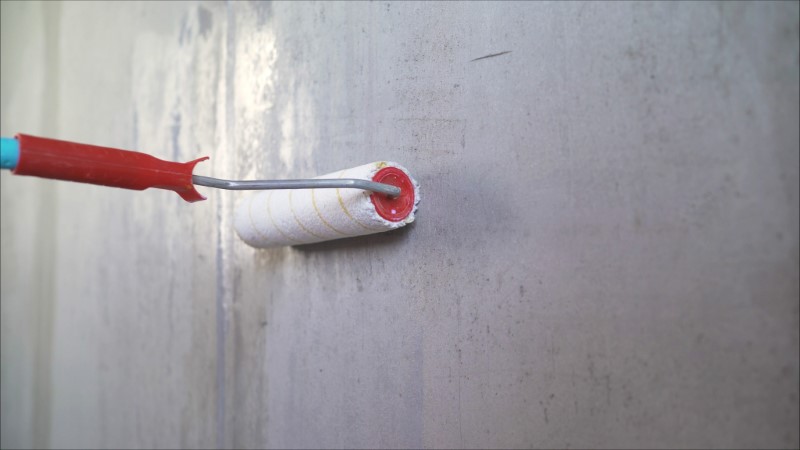
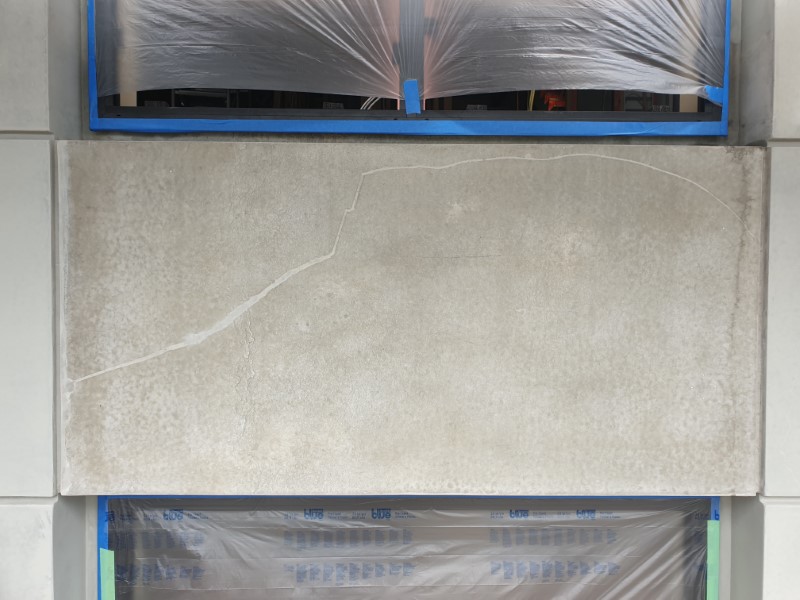
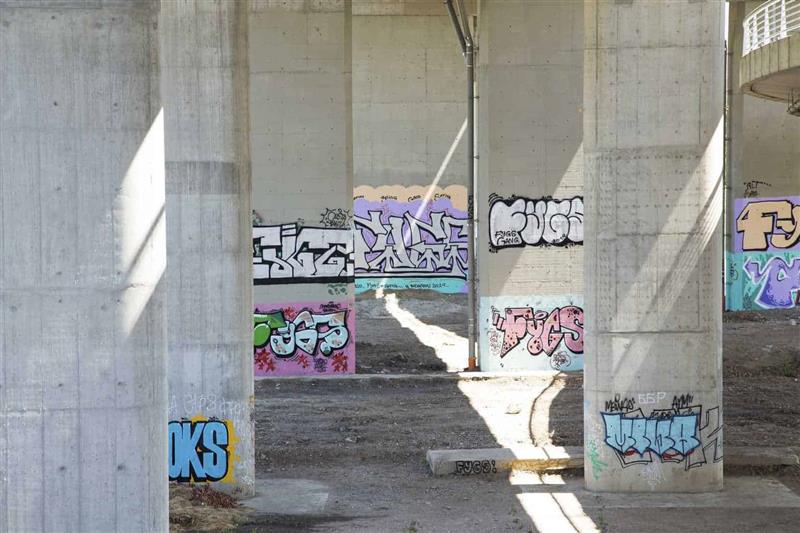
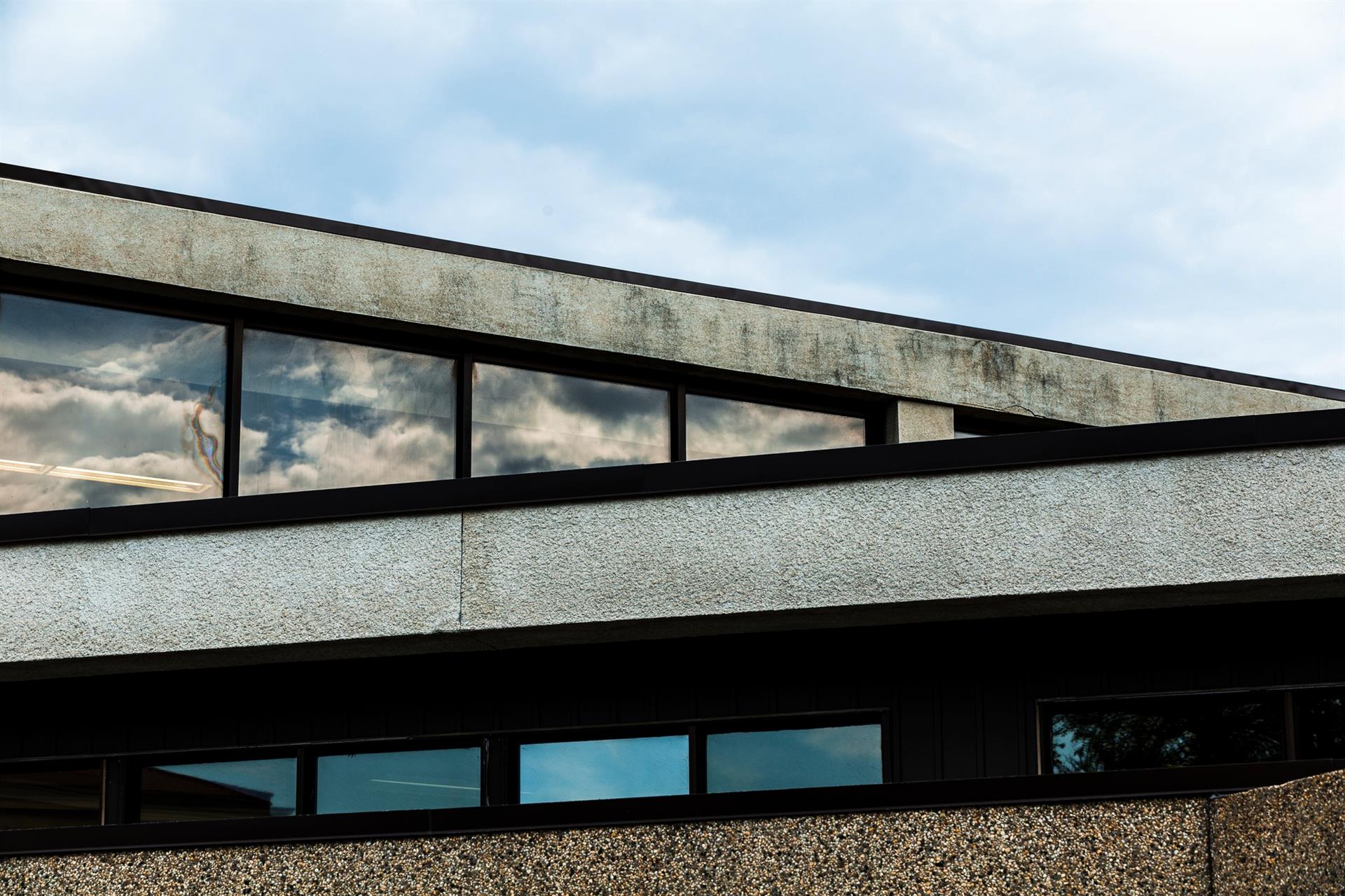
There are several types of concrete sealers available, including acrylic, epoxy, polyurethane, penetrating, and silane/siloxane sealers.
Solvent-based sealers contain volatile organic compounds (VOCs) that evaporate during application, while water-based sealers are made with water as the main solvent. Water-based sealers are generally more environmentally friendly and easier to clean up, while solvent-based sealers offer better penetration and adhesion.
Penetrating sealers are generally the best choice for outdoor concrete surfaces such as driveways and sidewalks, as they provide a water-repellent barrier that can withstand heavy traffic and exposure to the elements.
Yes, concrete sealers can be used on interior surfaces such as floors and countertops to protect against stains, scratches, and wear and tear.
The frequency of reapplication depends on the type of sealer and the conditions of use. Some sealers may need to be reapplied every 1-2 years, while others can last up to 10 years or more.
A photocatalytic sealer is a type of concrete sealer that uses a chemical process called photocatalysis to break down pollutants in the air. These sealers contain titanium dioxide, a catalyst that reacts with UV light from the sun to convert harmful nitrogen oxides (NOx) into harmless compounds that can be washed away by rainwater.
Anti-graffiti sealers work by creating a protective barrier on the surface that makes it difficult for graffiti and other substances to adhere to. The coatings are typically designed to be nonporous and easy to clean, so any graffiti or other marks can be removed without leaving a residue or damaging the surface.
Not all concrete structures necessarily need to be sealed if they are not painted. However, applying a sealer to a concrete structure can provide several benefits, including protection against moisture, stains, and UV damage. If a concrete structure is located in an area with frequent exposure to water or other liquids, such as a patio or a garage floor, sealing the concrete can help prevent water infiltration and reduce the risk of staining or discoloration.
Similarly, if a concrete structure is located in an area with high levels of UV exposure, such as a driveway or a sidewalk, sealing the concrete can help protect against UV damage and prevent the surface from becoming brittle or discolored. Additionally, sealing concrete can help prolong the life of the structure by reducing the risk of cracks, spalling, or other forms of damage caused by exposure to the elements.
It's important to choose the right type of sealer for your specific concrete surface and application, and to follow the manufacturer's instructions for application and maintenance.
